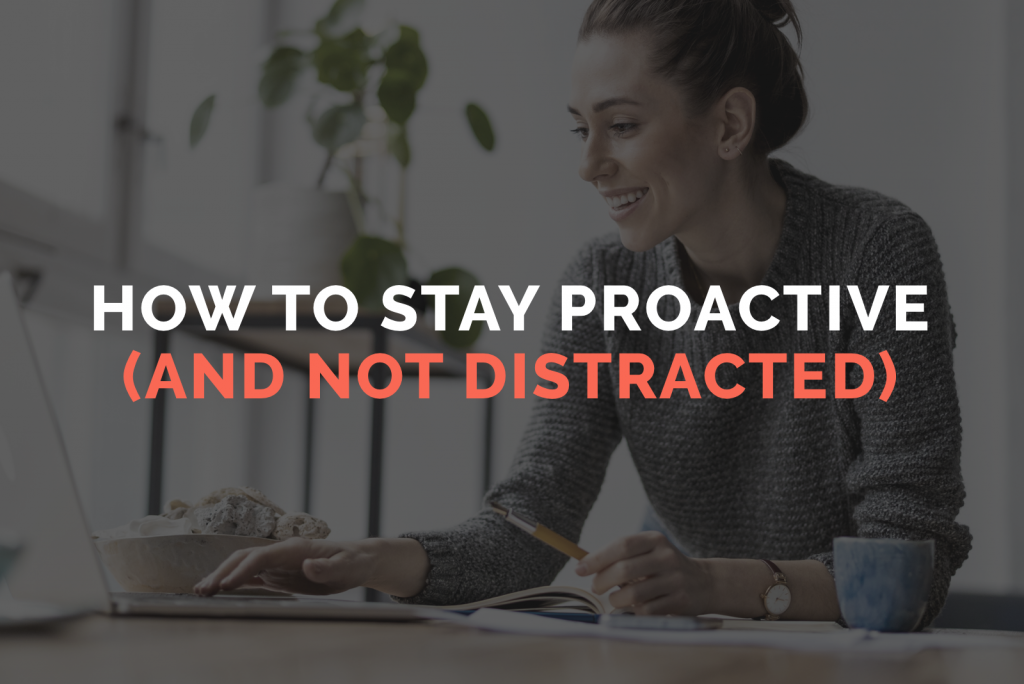How to Stay Proactive (and Not Distracted)
Technology is truly amazing, and the opportunities that exist for creatives these days are nothing short of inspiring.
As a solo creative wearing many hats, there are a multitude of tasks that have been made significantly easier thanks to technological advancements. But as life changing as this has been for me, there is a major downside. It’s incredibly easy to get distracted. In fact, there are days when it seems as though I’m putting all of my energy into simply creating a distraction-free zone, which feels frustrating to say the very least.
I recently did a social media detox and when I returned to the digital world I was determined to remain in control of my time and not allow external forces to pull me away from meaningful work.
Be Intentional
It’s very important to gain clarity on exactly what you wish to do with your time, and once you have that clarity, create a detailed plan that includes as much information as possible. Planning helps you become razor focused and in turn, more productive. Whether you wish to use your time for creative endeavors or catching up on emails, be as clear as you can about what you’d like to achieve.
I find it helpful to write this down and specify how much time I would like to spend on a particular task. If my day isn’t clearly mapped out, I run the risk of getting distracted and my focus is diluted.
Interstitial Journaling
Created by Tony Stubblebine, I started implementing this journaling method about a year ago and it takes very little effort.
When you have completed a task, write down the current time and the work you just finished. Include any and all feelings surrounding this, good or bad. Then briefly describe what you will be working on next and how this makes you feel. Repeat this process for each task you complete throughout the day.
I found this method not only helped me focus, but also provided a safe space for me to process my emotions surrounding particular jobs, which was more impactful than I realized.
Form a Habit
Adopting a daily routine means that certain activities become automatic, freeing up your brain’s energy for other tasks.
You can customize your habits and include whatever works best for you. Experiment and be open to changes along the way, especially as your personal and business needs change over time. I have a morning routine that starts with self-care habits (meditation, yoga, writing) and then moves towards more business related tasks. Getting my mind and body in a good space before starting work (especially work that doesn’t feel creative) is essential for me.
25 Minutes On, 5 Minutes Off
I highly recommend adopting a work schedule that includes regular breaks. I use the Pomodoro technique (developed by Francesco Cirillo) in which you set a timer for 25mins and once that timer goes off, you take a 5min break. This was transformative in ways I couldn’t imagine and I’m significantly more productive because of this small shift in my work flow.
Remove as Many Distractions as Possible
Create an environment that helps you remain focused. Put your phone in another room and don’t be tempted to look at social media on your breaks. If this is difficult for you, check out this post which includes tons of helpful advice for reducing your time on the socials.
As I mentioned earlier, I took a 4 month social media detox and it was life changing. I had brainwashed myself into believing that bad things were going to happen if I spent even a few days away from it. The reality is that everything stayed exactly the same, except for the fact that I gained clarity around wanting to spend my time more intentionally.

